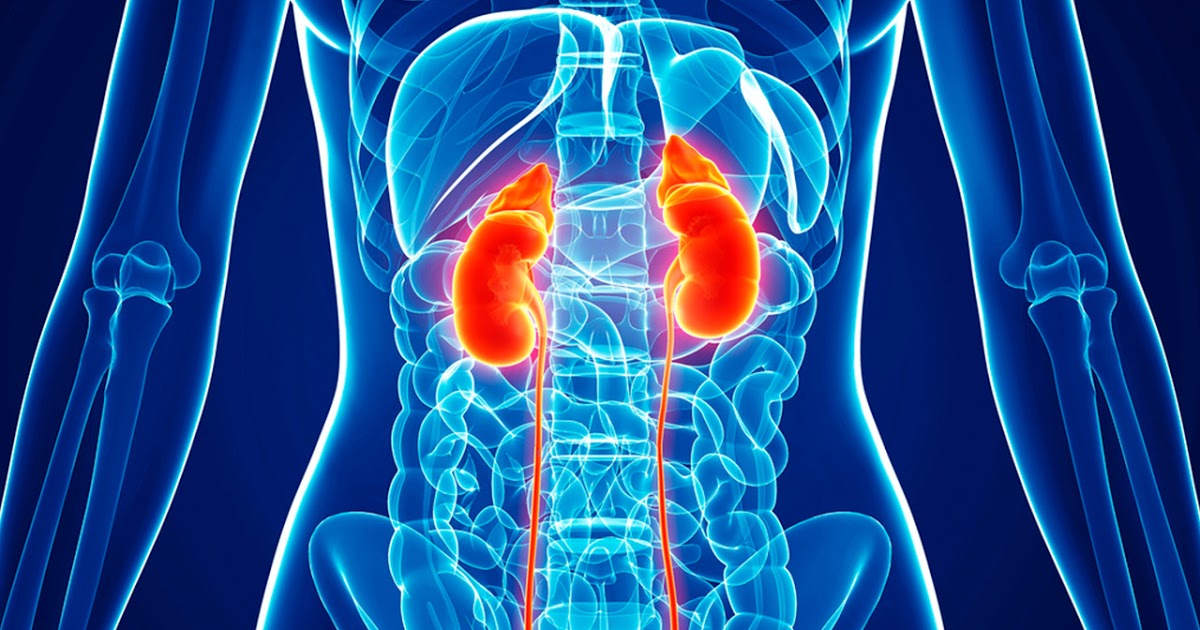What Increases The Risk Of Calciphylaxis?
Obesity
Obesity is characterized by an individual having too much body fat. The cause of an individual becoming obese is because they consume more calories then they use up over time. Anyone who is obese has a significantly higher risk of developing hundreds of deadly diseases than an individual who has a healthy body mass index. For the purpose of calciphylaxis, it is important to clarify the difference between an individual who is obese and one who is overweight. Overweight means an individual weighs more than what is healthy for their height. This can happen due to an excess of water, muscle, bone, or fat. Obese is defined as having a dangerously high proportion of fat tissue in the body. Because calciphylaxis develops in the fatty tissue blood vessels, individuals who are obese have a much higher likelihood of developing the disease. Individuals who have a healthy body mass index do not have much body fat for calciphylaxis to manifest itself in.
Discover more information about what increases the risk of calciphylaxis now.
End-Stage Kidney Failure

End-stage kidney failure or end-stage renal failure is the final stage of chronic kidney disease. When a patient is diagnosed with end-stage renal failure, it means their kidneys do not have enough function for them to survive without a kidney transplant or dialysis. Most patients who do qualify for a kidney transplant do not get to have one before their disease progresses into end-stage renal failure. This means the patient goes on dialysis until they are able to undergo a kidney transplant. While dialysis performs enough of the kidney's functions to keep a patient alive, it does not perform all of the functions a real kidney does. Even when a patient is being treated for end-stage renal failure with dialysis, they will still experience issues that arise due to having kidneys that do not work very good. These issues include imbalances in compounds, electrolytes, chemicals, and fluids in the body. These imbalances can trigger the development of calciphylaxis, and they do so more often when they have anything to do with calcium and phosphorous.
Learn more about what increases the risk of calciphylaxis now.
